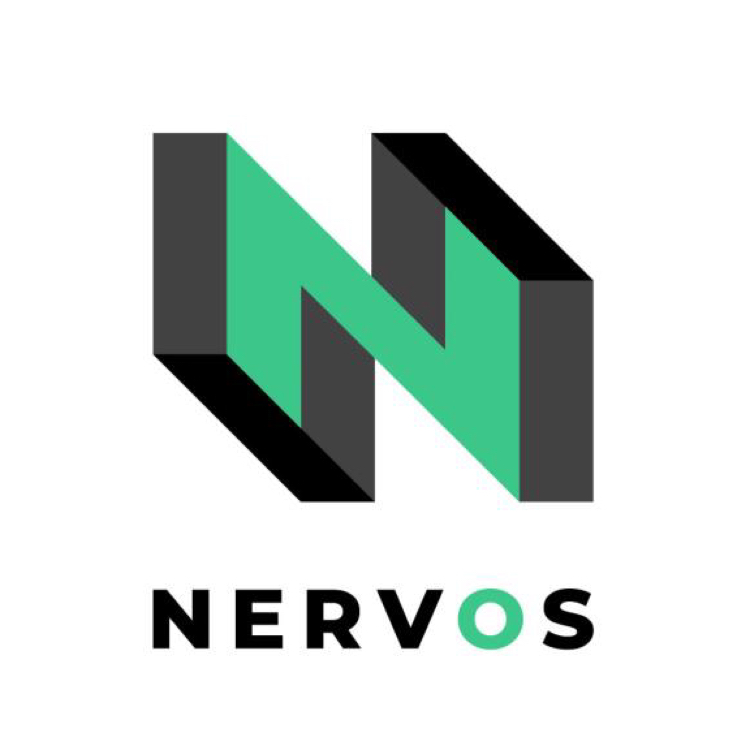secondary title
cost paradox
The value provided by blockchain technology is decentralized security, and security can be measured by the cost of attack. A chain is as secure as it is costly to attack.
The product provided by the consensus nodes of the blockchain is security, and the consensus nodes are producers of network services. We also know that there is a basic law in economics. In a perfectly competitive market, the marginal revenue of producers in equilibrium is equal to the marginal cost. In other words, if the consensus algorithm of the blockchain creates a perfectly competitive market, how much security it provides will cost as much production as:
Attack cost = security level = production cost
As much marginal security as you want to provide, you need to pay as much marginal cost. Now PoS tells us that we can provide the same amount of security, but only need 10% or even 1% of the cost, don't you find it strange? Why does PoS break the laws of economics so easily?
One situation is that the actual cost of PoS with the same level of security is the same, but part of it is hidden. Taking DPOS as an example, if you want to be a Validator, you need to collect enough votes for yourself through certain methods, and enter the list of the top X Validators. What is the cost of collecting enough votes? Is this cost the same for different people/organizations? If not, is that a good thing or a bad thing? Is this cost a public information? If it's not a public message, is that a good thing or a bad thing?
I like a sentence very much:
Financial institutions make people feel safe by hiding risk behind layers of complexity. Crypto brings risk front and center and brags about it on the internet.
secondary title
PoS is not truly Permissionless
It is also the case that PoS does not create a perfectly competitive market.
In PoS, the future consensus group is determined by today's consensus group. Any new node that wants to participate in the consensus needs at least one transaction (eg mortgage, voting, etc.), and whether this transaction is processed is determined by today’s consensus group. They can process this transaction or not If this transaction is not processed, the new node will never be able to participate in the consensus. At the same time, "not processing transactions" is easy to fake and hard to punish. I haven't seen a solution to this problem in the consensus protocol. PoS often allocates the proportion of blocks based on the weight of Stake (it has nothing to do with the number of nodes). Considering the concentration of stake in most systems, this is a very practical problem.
PoW is completely permissionless. Whenever, as long as you want, you can buy mining machines and electricity to join the ranks of block producers, and today's miners do not need to give you any form of permission. You might say, I still need to buy mining machines and electricity, is this a form of permission? Yes, from a lower level, this is also a permission. But unfortunately, among all Proof of XXX, this is already the most decentralized form of licensing. After all, the degree of decentralization of mining machine production and power resources is much higher than that of various Tokens. We should always aim for as much decentralization as possible, otherwise we can just go back to the centralized system.
Someone may ask again: If you design a PoS that does not need to send any transactions to the chain, as long as the Token is placed there, you can participate in the consensus. Wouldn’t it solve the problem you mentioned?
This creates two problems:
1. If the Token can be placed there to participate in the consensus, it means that the user has no commitment to participate in the consensus, and there is no cost or penalty for not participating in the consensus (the user may not be online at all), such a consensus is difficult to design;
secondary title
Layer 1 must use PoW
Layer 1 is the foundation of the encryption economy, and the blockchain that assumes the role of Layer 1 must be a permissionless network, because Layer 1 must be a globally shared, neutral facility, just like the Internet, and""Permission required" means that it is controlled by a certain group of people, which is fundamentally in conflict with this goal. From the above analysis, we can draw a conclusion that if we want Layer 1 to be as decentralized and secure as possible, Layer 1 The only option is PoW. PoS is not unusable, but not suitable for Layer 1.
Regarding PoW vs. PoS, the discussion continues:https://talk.nervos.org/t/pow-vs-pos/1732



